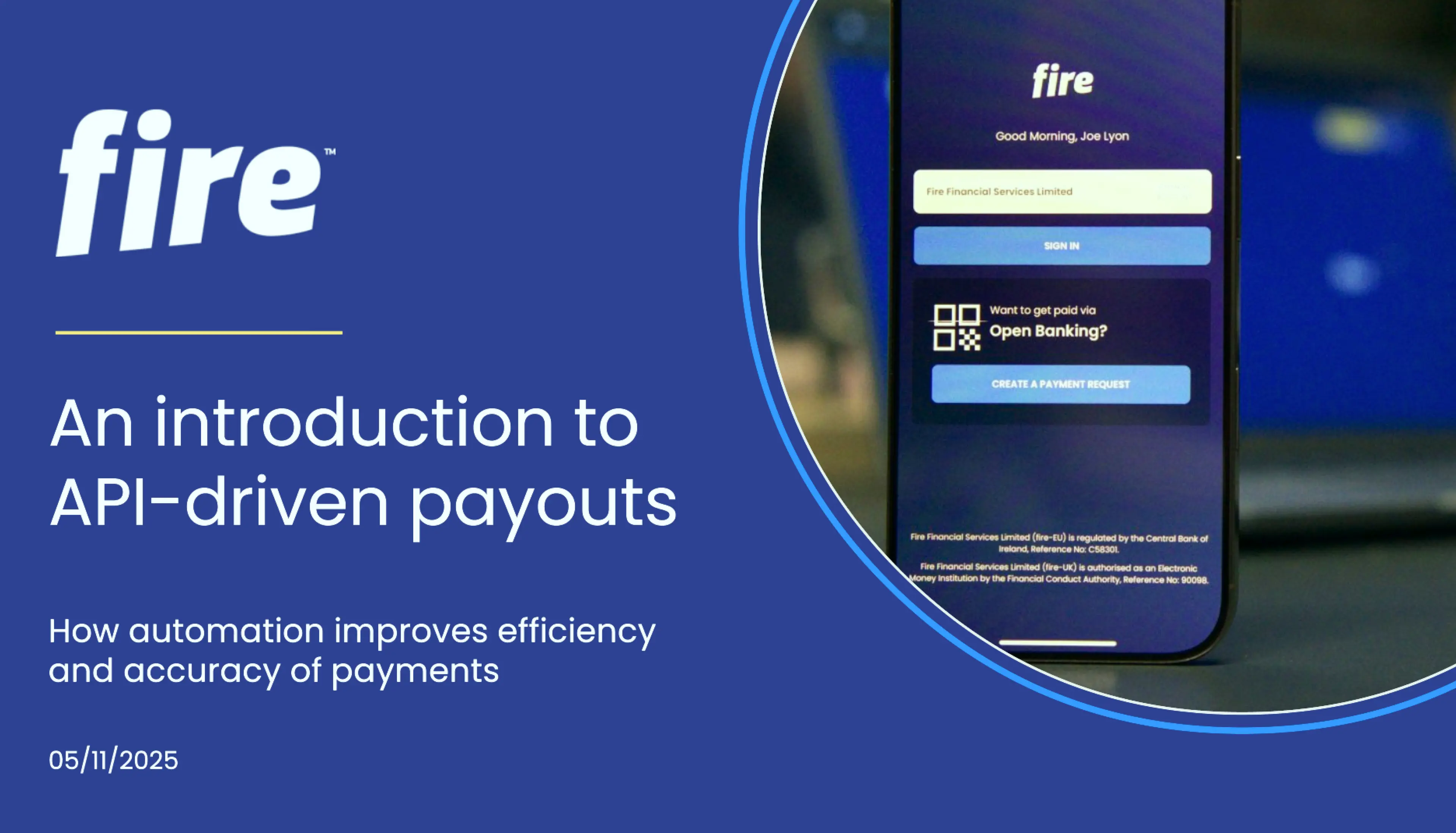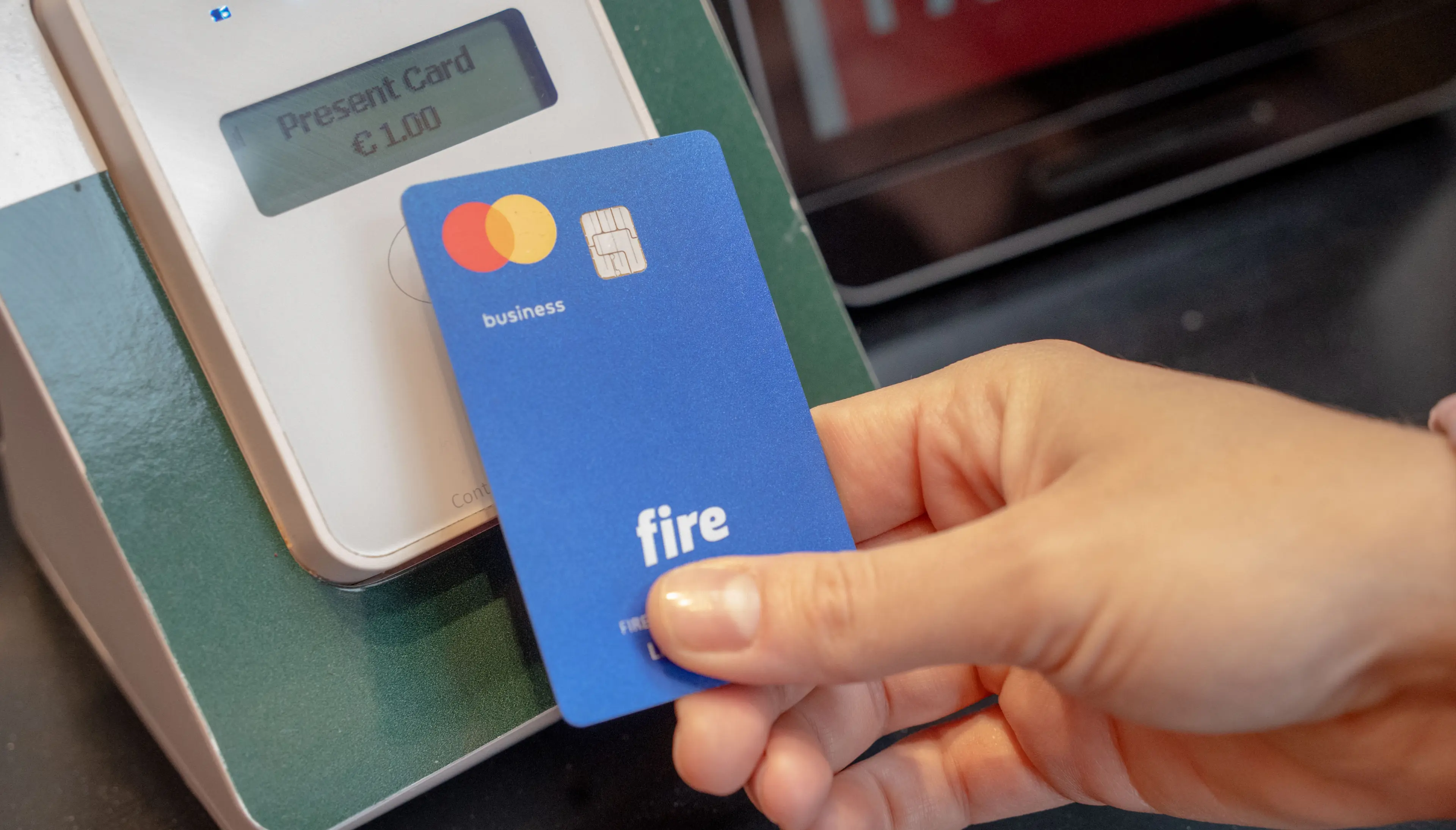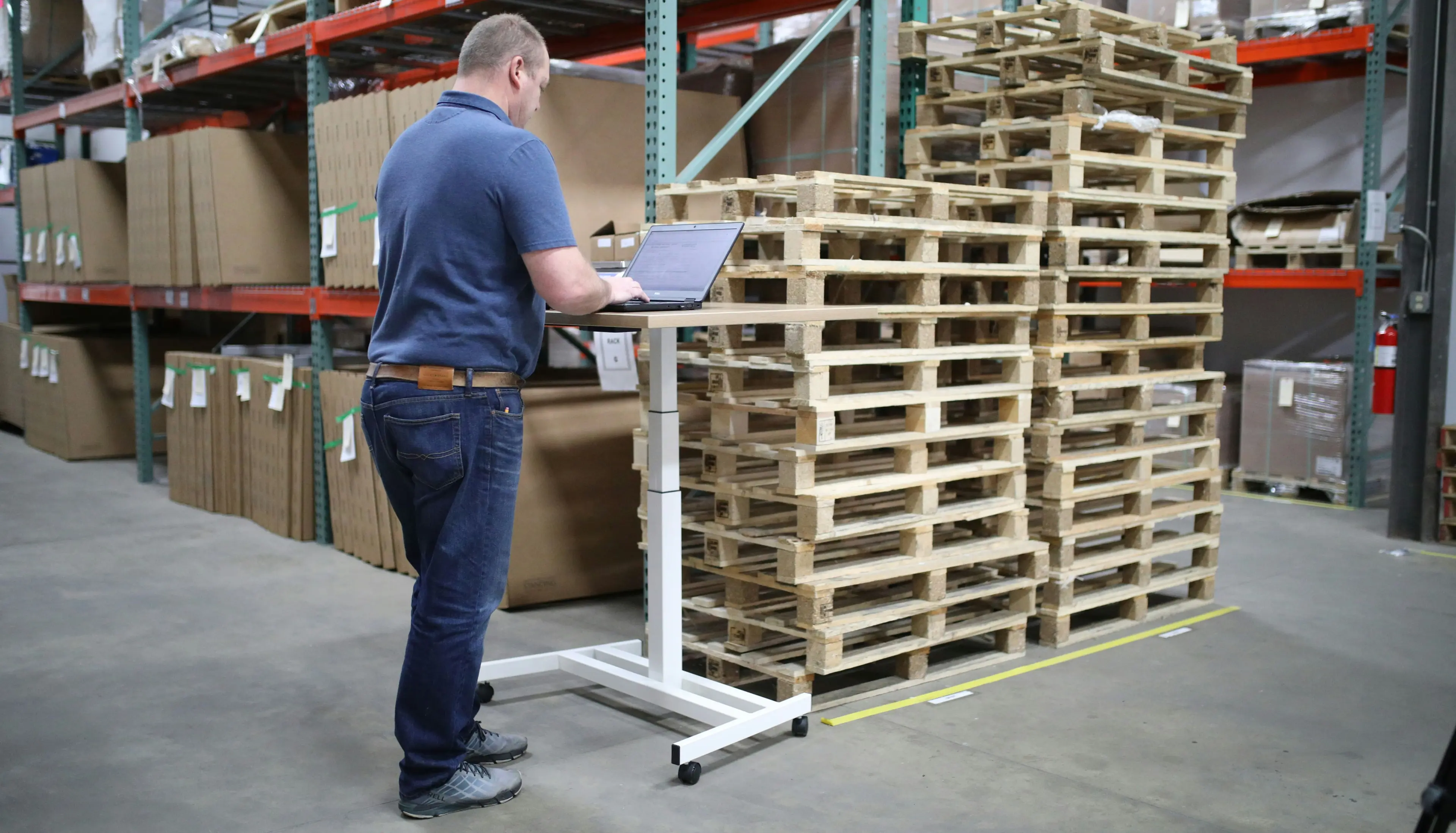Real-time payouts for drivers and delivery workers

Article snapshot
Driver payouts are critical to gig platform retention. This forward-looking post explains how Fire's upcoming real-time payment infrastructure will help rideshare and delivery platforms automate daily earnings, improve accounting, and reduce friction once the feature is live.
Optimising retention and efficiency to drive future growth for gig platforms.
–
The importance of payout speed in the gig economy
As the gig economy grows, gig platforms serve as online marketplaces that connect drivers, couriers, and freelancers with customers, while also managing the essential process of payments for these flexible, short-term arrangements.
As platforms scale, expectations rise: not just for customers, but for workers too. Drivers and delivery workers increasingly expect quick access to earnings. Gig work often involves unpredictable expenses and irregular income, making liquidity essential for costs such as fuel, maintenance, and daily living. Delayed payments can create frustration and financial strain, while fast, predictable payouts help build loyalty and trust among workers.
The broader payments landscape is also shifting towards real-time, with mandates for faster payment rails, such as SEPA Instant for euro payments, driving adoption. The global instant payments transaction value is projected to grow from $22 trillion in 2024 to over $58 trillion by 2028, with more than 75% of businesses planning to increase their use of instant payments over the next five years. As the demand for faster, more predictable payouts continues to grow, gig platforms and other providers must be ready to meet worker expectations and deliver a seamless experience.
In this article, we will explore how real-time payment infrastructure can help platforms automate earnings, improve accounting, and enhance the overall experience for drivers and delivery workers.
The evolution of gig worker expectations and real-time payouts for drivers
Payments have evolved from physical cash to cheques, and then to digital bank transfers, reducing friction and delays. Yet, workers often still wait days or even weeks to receive their earnings. As society increasingly expects speed and convenience, the gap between completed work and payment has become a persistent pain point.
Many platforms are responding by shifting from weekly to daily or on-demand payout models, with on-demand payouts emerging as a key competitive differentiator for drivers. Surveys indicate that 61% of Millennial workforce now expects real-time payments, a trend likely to extend across drivers and freelancers.
Currently, over 70 countries support Real-Time Payment (RTP) systems, although adoption varies by region. Globally, payments related to gig workers are projected to grow from $415 billion in 2023 to $920 billion by 2031.
As expectations for faster, more flexible payments grow, gig platforms that adopt real-time payouts for drivers and delivery workers can improve satisfaction, loyalty, and competitiveness. Preparing for this shift now will help platforms stay ahead as instant payments become the industry standard.

Challenges of payouts for gig economy platforms
While gig worker payments have improved, with bank transfers now being the default method, the periodic nature of these payouts continue to cause frustration for workers who must wait for funds to reach their accounts.
When a gig worker must wait a business day (often further extended by weekends or public holidays) to receive payment, it can affect their liquidity and delay their ability to cover essential costs such as fuel, maintenance, or everyday living expenses.
Even with daily payout models, gaps remain:
- Settlement delays – Bank transfers can take one to two business days, with further delays across weekends and public holidays.
- Banking limitations – Not all partner banks support real-time payments (RTP), slowing the adoption of instant payouts.
These challenges leave platforms caught between rising worker expectations and outdated payment infrastructure, highlighting the need for real-time payouts for drivers and delivery workers.
How real-time payouts improve worker and platform outcomes
Earned Wage Access (EWA) is a use case for employees to get access to accrued wages, prior to the traditional payroll cycle, which is typically monthly. This gives workers better cash flow and helps them to manage unexpected expenses, improving financial stability.
Real-time payouts have the power to revamp the user experience for drivers and workers, while also creating benefits for the platforms themselves:
|
For drivers and workers |
For platforms |
|---|---|
|
Better cash flow – To cover fuel, repairs, and daily expenses without delays. |
Higher retention – To keep drivers and freelancers while reducing churn. |
|
Financial inclusion – Workers with limited savings or credit access gain more autonomy over personal finances. |
Reduced support overhead – Fewer issues arise from missing or late payments. |
|
Greater flexibility – More control over when they access earnings to suit their personal financial needs. |
Flexible payout models – Ability to offer on-demand, end-of-shift, or milestone-based disbursements. |
|
Improved trust – Reliable and transparent payouts encourage loyalty and confidence among workers. |
Improved trust – Reliable and transparent payouts enhance reputation and worker loyalty. |
The regulatory and infrastructure landscape of real-time payments
Two-way processing of SEPA Instant payments will be mandated for all credit institutions within the European Economic Area (EEA) by 9th October 2025. For other Payment Service Providers, such as electronic money institutions and payment institutions, the mandate doesn’t come into effect until 2027. While this gives more time for these providers to include SEPA Instant infrastructure on their roadmap, it does risk delays to overall adoption, as both the originating and recipient financial institutions need to be SEPA Instant credit transfer–reachable in order to send these instant payments.
In the UK, Faster Payments serves as the rail for sterling payments, and while it is not technically as real-time as SEPA Instant, transactions are typically received within seconds, with only a small percentage taking longer to clear.

How platforms can prepare for real-time payouts
While embedding real-time payouts for drivers and workers will have a powerful impact for platforms, the right provider should make implementation straightforward.
Even if real-time rails are not yet fully available across all payment ecosystems, platforms can prepare for the inevitable by laying the right foundations by implementing API-driven payouts.
- Review your payout architecture.
Ensure your batch payout processes are designed with flexibility and scalability in mind.
- Assess dependencies.
Identify any internal or external systems that could affect payout speed or reliability, and ensure your accounting and reconciliation systems can handle continuous, real-time transaction flows.
- Choose trustworthy, innovative partners.
Work with providers already investing in real-time payments so you can go live quickly when infrastructure is in place.
Fire is actively developing real-time payment capabilities to help platforms streamline and automate payouts. Aligning with partners that understand the importance of real-time payments will ensure that you are able to go live quickly once the real-time rails become available to customers.
Prepare for real-time payments with a future-proof infrastructure
The gig economy and worker expectations are evolving, with payments at the heart of that shift. Real-time payouts are becoming a baseline expectation and a competitive differentiator.
Forward-thinking platforms are investing now in flexible infrastructure and trusted partners to ensure they can meet these expectations and deliver on-demand payouts seamlessly.
–
Fire is building real-time payment capabilities to help gig platforms automate and streamline driver payouts. Interested in learning more? Contact us today to discuss how we can support you in preparing your platform.
FAQs
What are real-time driver payouts?
Real-time driver payouts refer to the instant transfer of earnings to a gig worker’s account, usually within seconds of completing a job or shift, rather than waiting for daily or weekly payment cycles.
How do real-time payments differ from same-day payouts?
Same-day payouts often rely on manual processes or batch payments that can take up to several hours. Real-time payments are fully automated and happen within seconds, using modern payment rails like Faster Payments or SEPA Instant.
Why are real-time payouts important for gig platforms?
Faster access to earnings can boost driver retention, reduce support queries, and improve platform loyalty. In a competitive market, payout speed is a key differentiator.
Which countries currently support real-time payment rails?
Over 70 countries have operational real-time payment (RTP) systems, with notable examples including India (UPI), Brazil (Pix), China, Thailand and South Korea. As for the UK, while Faster Payments are typically received within seconds, a small percentage of transactions may take longer to clear.
What infrastructure does a gig platform need for real-time payouts?
Platforms need API-based payment integrations, flexible reconciliation tools, and a partner that supports real-time rails and settlement logic when those systems become available.
How can real-time payments reduce friction for accounting teams?
By eliminating manual batch processing and delays, real-time payouts can improve reconciliation accuracy, reduce human error, and streamline financial reporting across multiple geographies.
–







